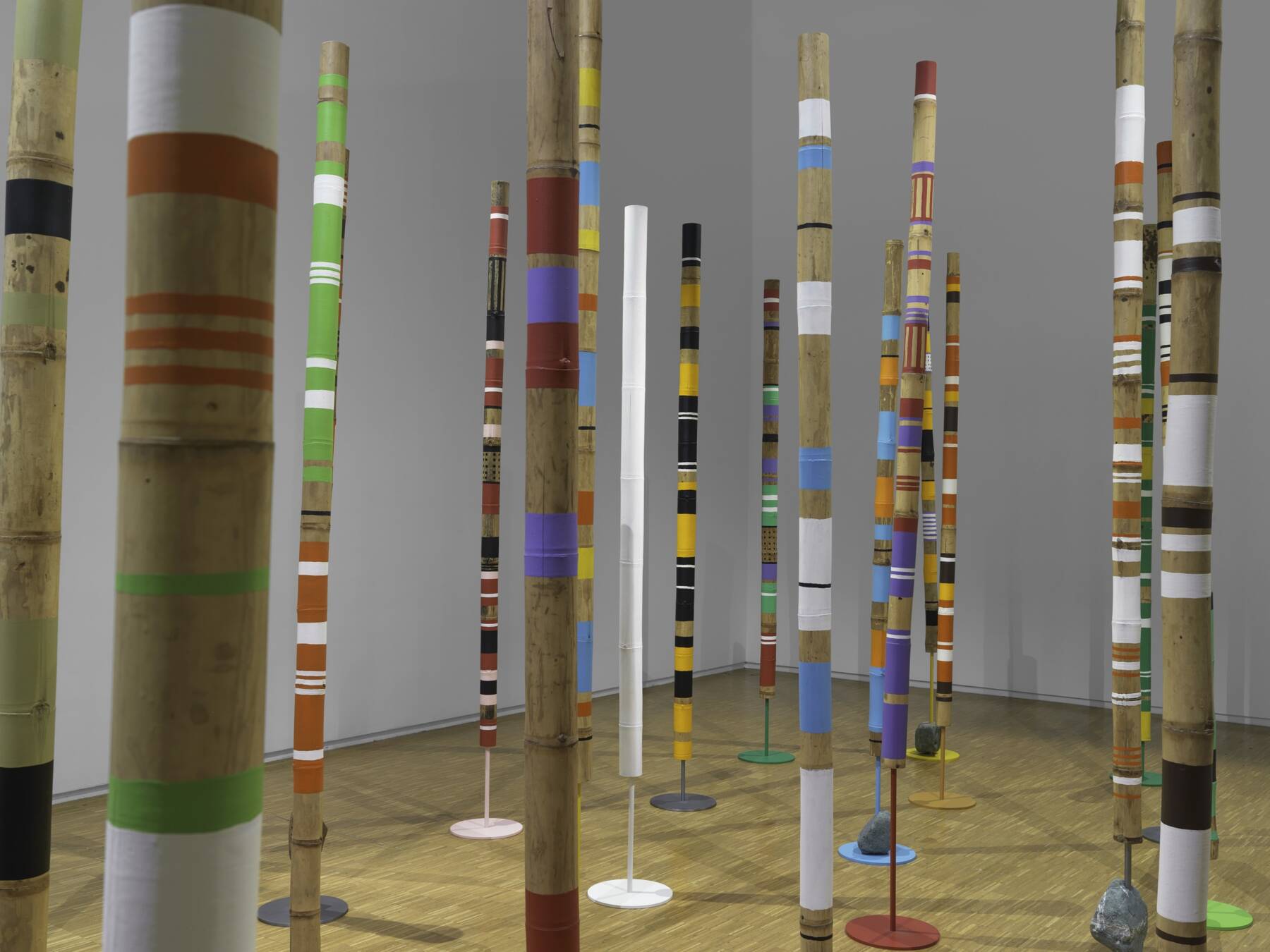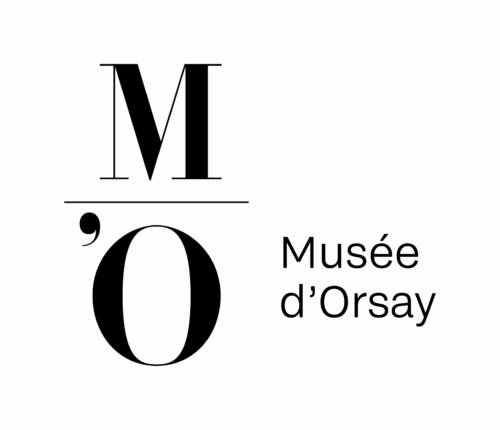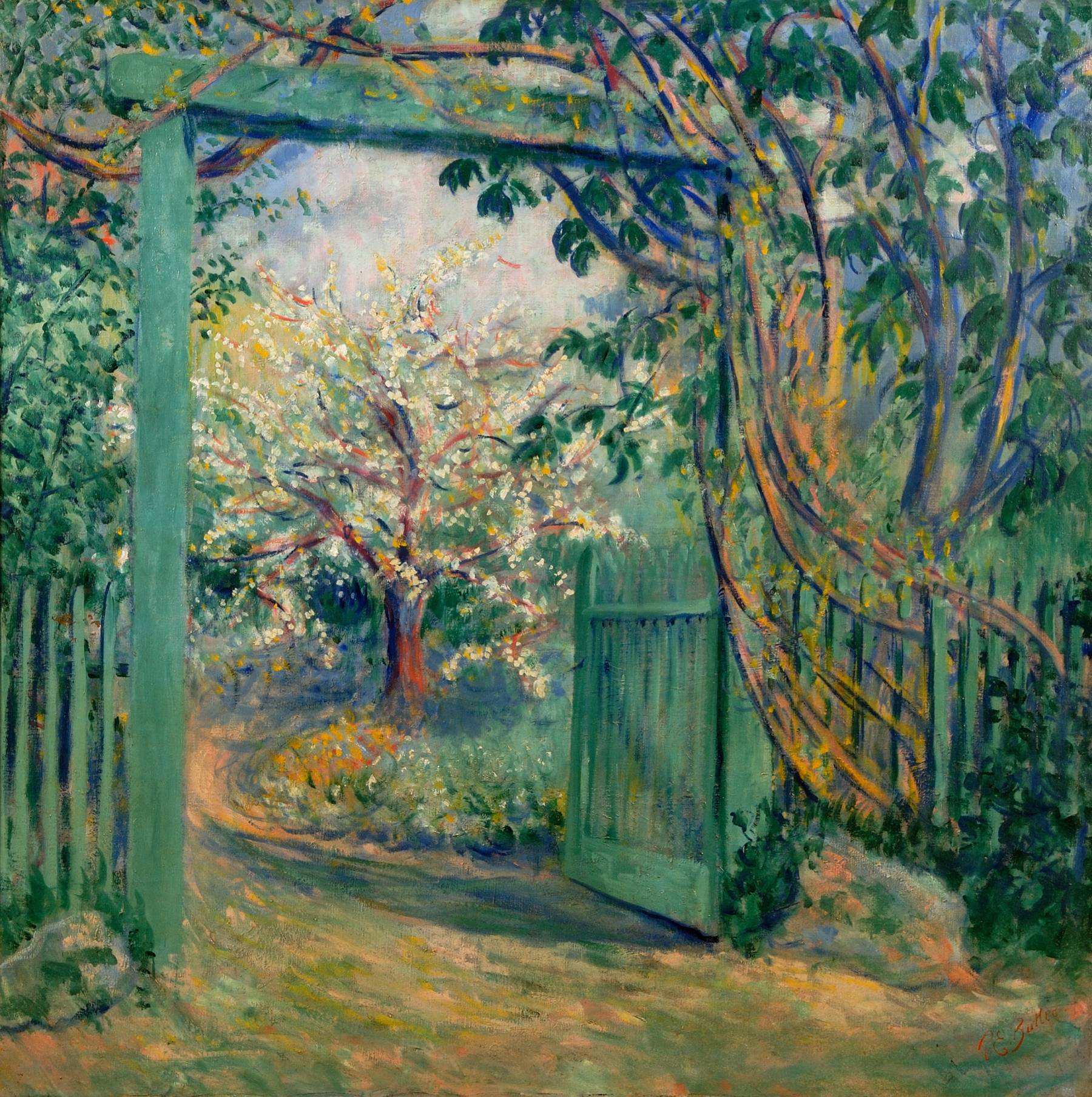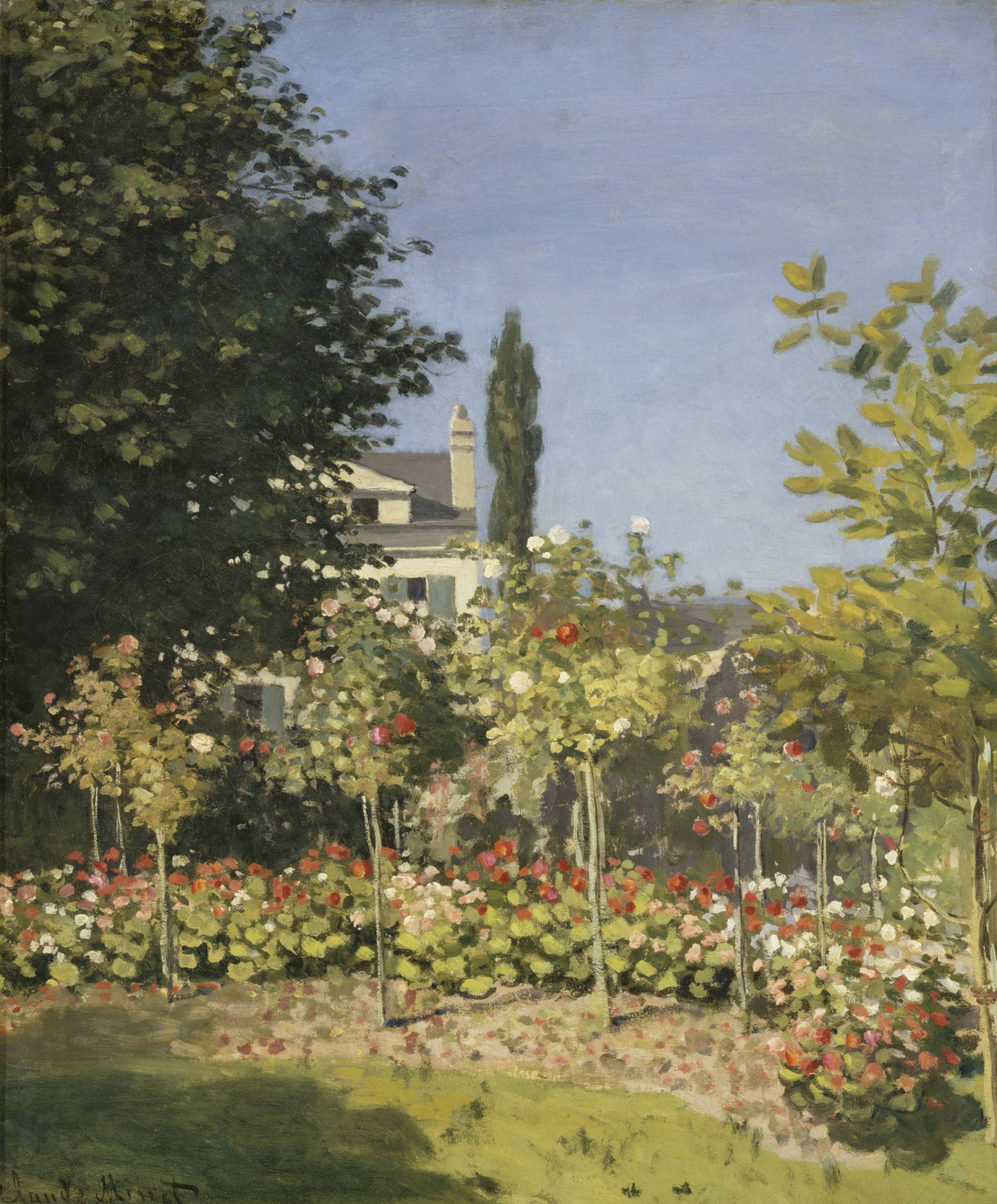
About
In spring 2021, Musée des Impressionnismes Giverny invites you to take a stroll through Impressionist and Les Nabis gardens. Paintings, drawings, stamps, photographs… The exhibition “In the garden. From Monet to Bonnard” presents around one hundred pieces. An unmissable event which can be topped off with a wander through the museum’s garden – for complete immersion in culture and nature!
A unique exhibition on Impressionist and Les Nabis gardens
Whilst the theme of the garden has been discussed previously in many exhibitions, Musée des Impressionnismes Giverny offers a fresh insight in a unique, emotional exhibition. The exhibition aims to explain the feelings of Impressionist and Les Nabis painters towards the gardens they paint. It also looks at the contradictory and complementary visions of these two groups of famous artists, from Auguste Renoir to Claude Monet and Édouard Vuillard to Pierre Bonnard, in a rare comparison.
The garden: a theme dear to the Impressionists and Les Nabis
In the latter half of the 19th century, overseen by Napoleon III, Baron Haussmann made profound changes to Paris, creating its famous boulevards, but also green spaces. As landscape painters, the Impressionists would naturally take inspiration from the new public parks in the capital. Gradually, they invested in their own gardens and their intimate space, offering a personal vision, sometimes inhabited by their friends and family. Les Nabis – both admirers and dissenters of the Impressionists – would take up the theme of the garden whilst freeing themselves from the Impressionist aesthetic.
From landscapes to portraits: depiction of women in the garden
The female figure in the garden interested an entire generation of painters, who combined the genres of portrait and landscape with a sometimes melancholic vision. Through the paintbrush of Tissot, Alphonse Legros, Albert Bartholomé or even Marie Bracquemond, they are represented at a distance, often alone, sometimes together, and their attitude suggests an absence, an expectation or even a dream. They are often depicted deep in thought, confined in their inner world – reflecting the enclosed space of the garden.
Strolling through public gardens and children’s games
Painters of everyday modern life, the Impressionists and Les Nabis were interested in the new public squares and gardens of Paris. Édouard Vuillard and Pierre Bonnard depicted walkers enjoying these spaces, whether nannies or dandies, plus children with their games. A family croquet match takes place in an enchanting garden, which Bonnard depicted timelessly and outside the city. Auguste Renoir captured the joyous movements of children running and playing with a ball.
Luxurious gardens: the refuge of Impressionists and Les Nabis
In these plentiful, unruly gardens, far from the urban space, the visitor is immersed in the intimate refuge of Impressionist and Les Nabis painters. In the works of Pierre Bonnard, Maurice Denis, Gustave Caillebotte or even Claude Monet, they are the symbol of wellness, rebirth, an eternal spring, which is portrayed by luxuriant vegetation. The artists also moved towards experimenting with immersive points of view in decorative artwork, like Bed of Daisies by Caillebotte, or even Monet’s depictions of his water lily pond.
Return to Impressionism and the advent of abstract art
Defiance towards Impressionism and conveying the immediate feeling: that was what Les Nabis were known for when the group was created in 1889. But in around 1900, their group disbanded, and each artist focused on personal experiments – which ended up taking them back to Impressionism. The perspectives became more classic, the space deeper and the light more direct. Édouard Vuillard and Pierre Bonnard were heralded as the heirs of Impressionism, creating similar formats to Claude Monet at the same time. Bonnard gradually tended towards colourful abstract art, without focusing on up or down, middle or edges, already paving the way for what the post-War American generation would call ‘all-over’.
A visit continued in the museum’s garden
After a unique experience admiring around a hundred prestigious works of art, a pleasant stroll is waiting in the garden at Musée des Impressionnismes Giverny. Flower beds specially rearranged for the occasion reflect the themes referenced in the museum galleries. Announcing the season’s second exhibition, “Eva Jospin. From Rome to Giverny”, two pieces by the artist, Edera and Bois des Nymphes, reinforce the interactions between the garden and contemporary art. This interaction started in 2020 with the installation of the piece Fils d’eau by Giuseppe Penone at the museum’s entrance. In spring 2021, enjoy an adventure in nature and culture at Musée des Impressionnismes Giverny!
Curated by: Cyrille Sciama, Director of Musée des Impressionnismes Giverny and Mathias Chivot, Les Nabis specialist and co-author of the catalogue raisonné of Édouard Vuillard
This exhibition is organised with the tremendous support of Musée d’Orsay.
In images
Zoom on the works
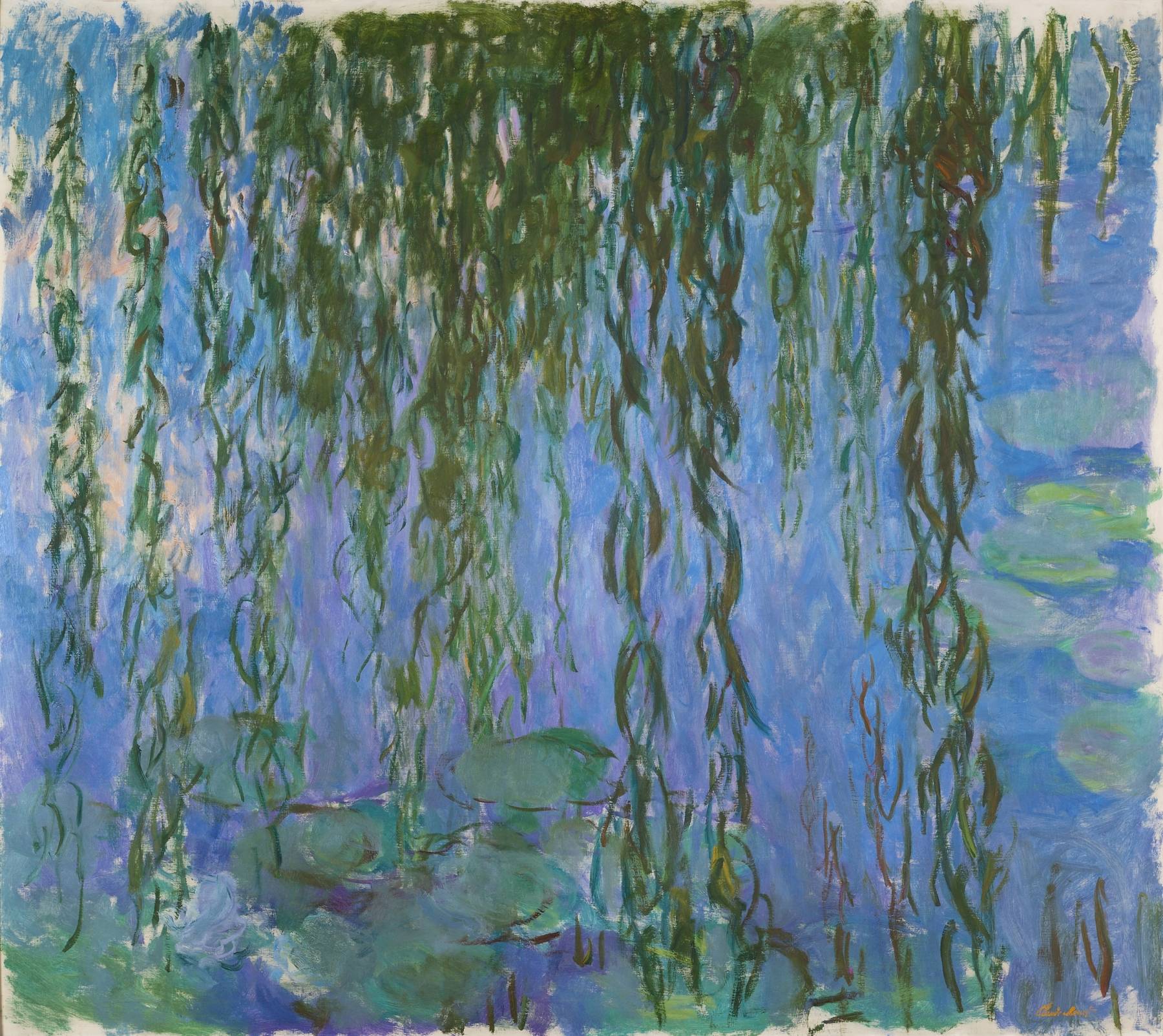
- Claude Monet (1840-1926)
- Nymphéas avec rameaux de saule, 1916-1919.
- Huile sur toile, 160 x 180 cm. Paris, lycée Claude-Monet, don de Michel Monet, dépôt au musée des impressionnismes Giverny, 2021, MDIG D 2021.1.1
- © Paris, lycée Claude-Monet / photo : Jean-Charles Louiset
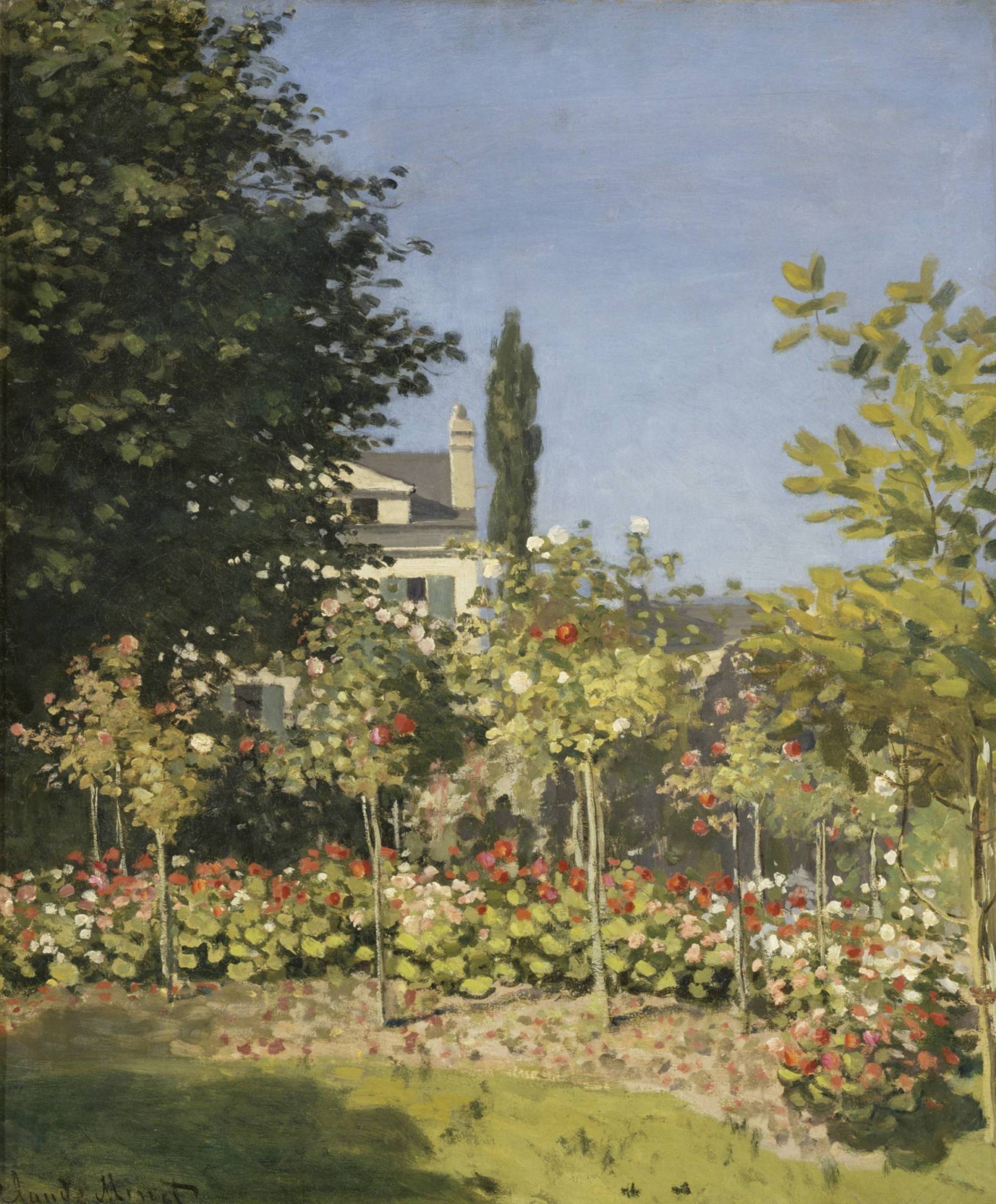
- Claude Monet (1840-1926)
- Jardin en fleurs, à Sainte-Adresse, vers 1866.
- 65 x 54 cm. Paris, musée d’Orsay, en dépôt au musée Fabre, Montpellier
- © RMN-Grand Palais (musée d’Orsay) / Hervé Lewandowski
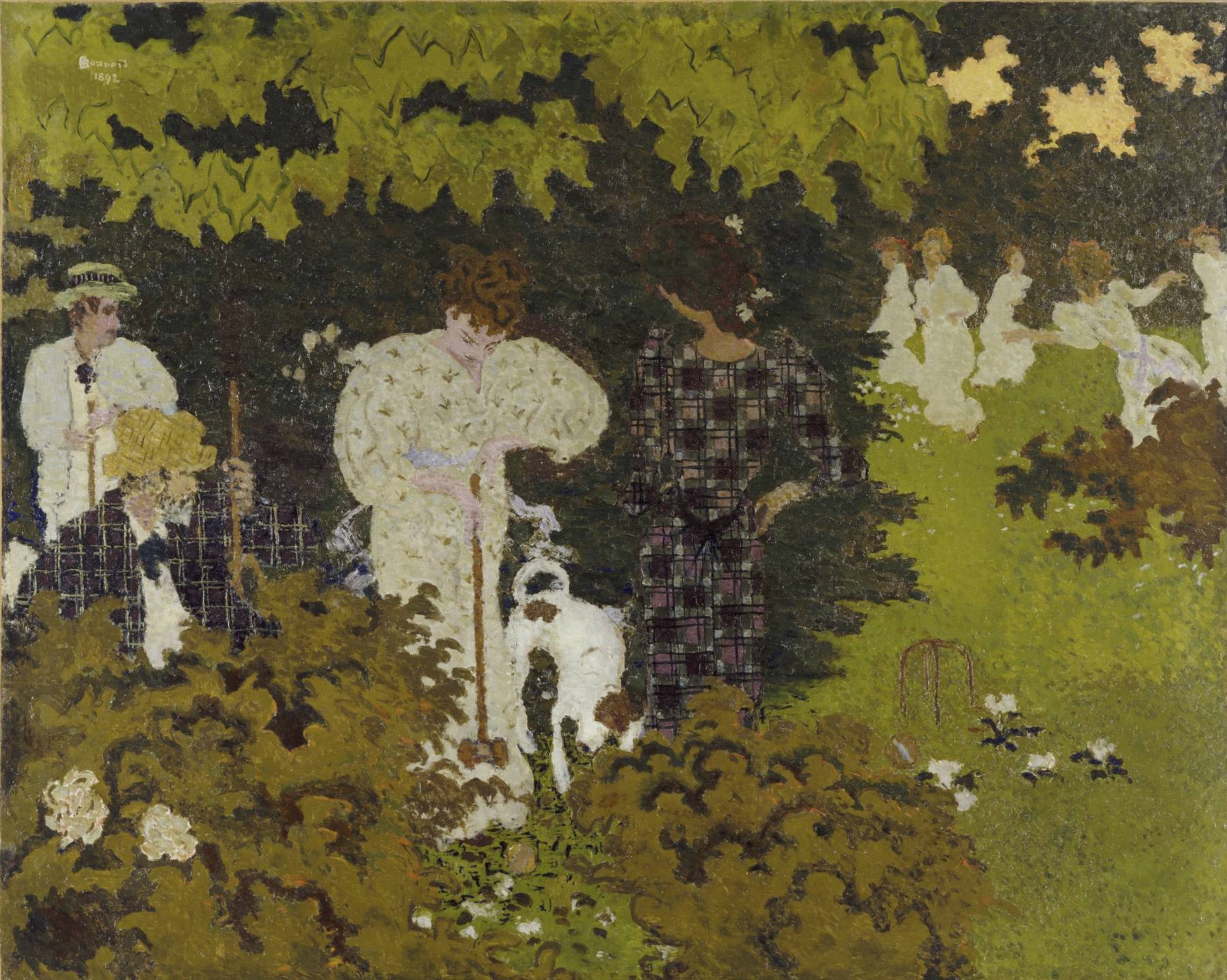
- Pierre Bonnard (1867-1947)
- Crépuscule ou La Partie de croquet, 1892.
- Huile sur toile, 130 x 162,5 cm. Paris, musée d’Orsay, RF 1985-8
- © RMN-Grand Palais (musée d’Orsay) / Hervé Lewandowski
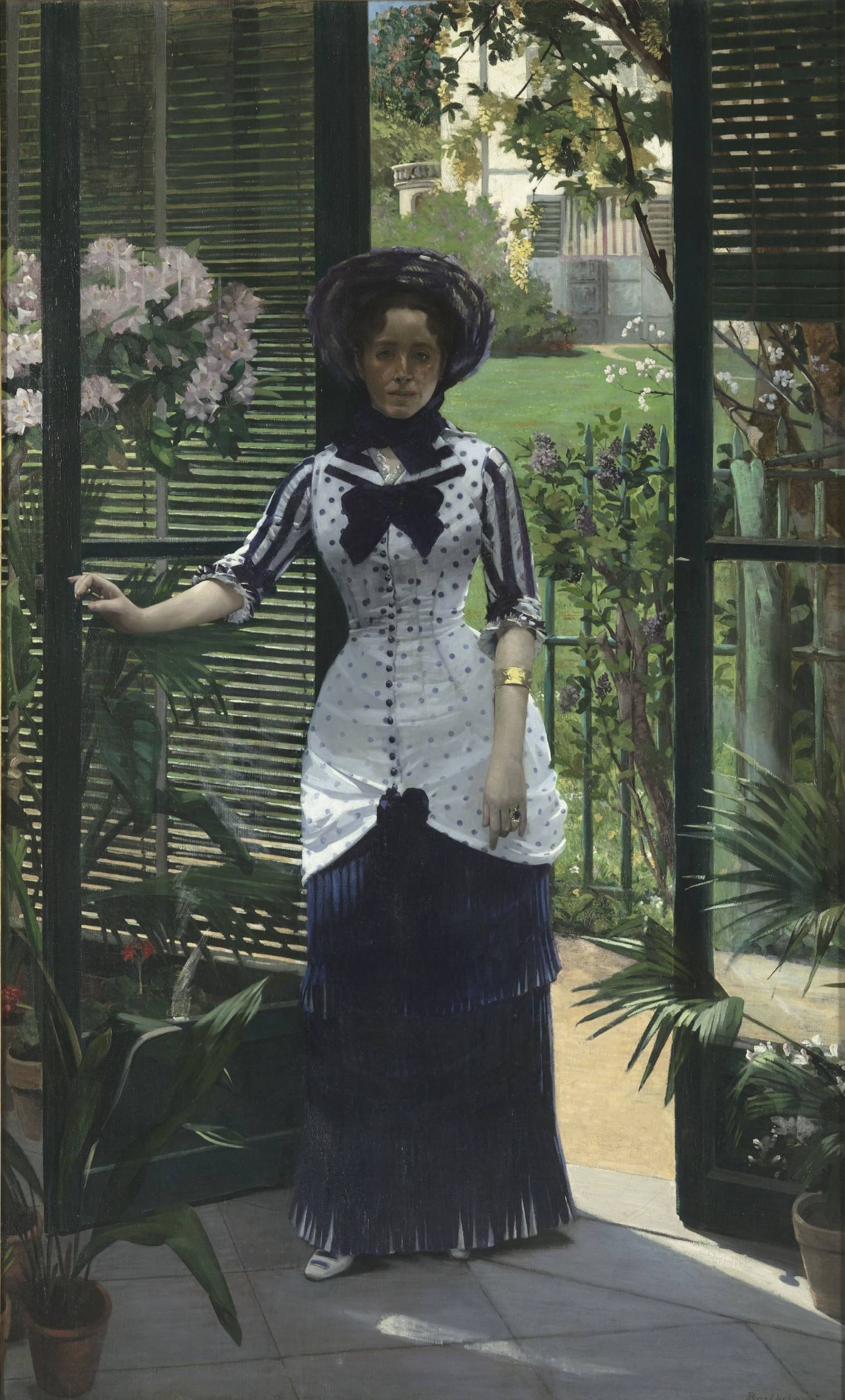
- Albert Bartholomé (1848-1928)
- Dans la serre, vers 1881.
- Huile sur toile, 233 x 142,5 cm. Paris, musée d’Orsay, don de la Société des Amis du musée d’Orsay, 1990, RF 1990-26
- © RMN-Grand Palais (musée d’Orsay) / Hervé Lewandowski
In resonance
From Impressionism to contemporary art
Juxtaposed with the exhibition, the museum presents a piece from the Normandy Rouen Regional Contemporary Art Fund (FRAC), thus helping to bridge the gap between Impressionism and contemporary art.
La Grande Vallée IX by Joan Mitchell, painted in 1983, is a piece from the Rouen Normandy Regional Contemporary Art Fund, on long-term loan to the Musée des Impressionnismes since 2009. It is part of a sequence of 16 paintings, where the artist depicts contemplative landscapes inspired by the burden of bereavement and the memory of her sister Sally, who died the previous year. In this immersive painting, the broad strokes of blue and purple evoke the water or sky, whilst the large circular yellow movements suggest the vegetation of the trees. Joan Mitchell moved to Vétheuil in 1967, not far from Giverny. Her work evokes the later painting of Claude Monet, although she rejected any comparison with the master of Impressionism. A major figure in 20th century American abstract painting, she worked and exhibited in New York alongside the leading lights in abstract expressionism like Jackson Pollock, Willem De Kooning and even Robert Motherwell.
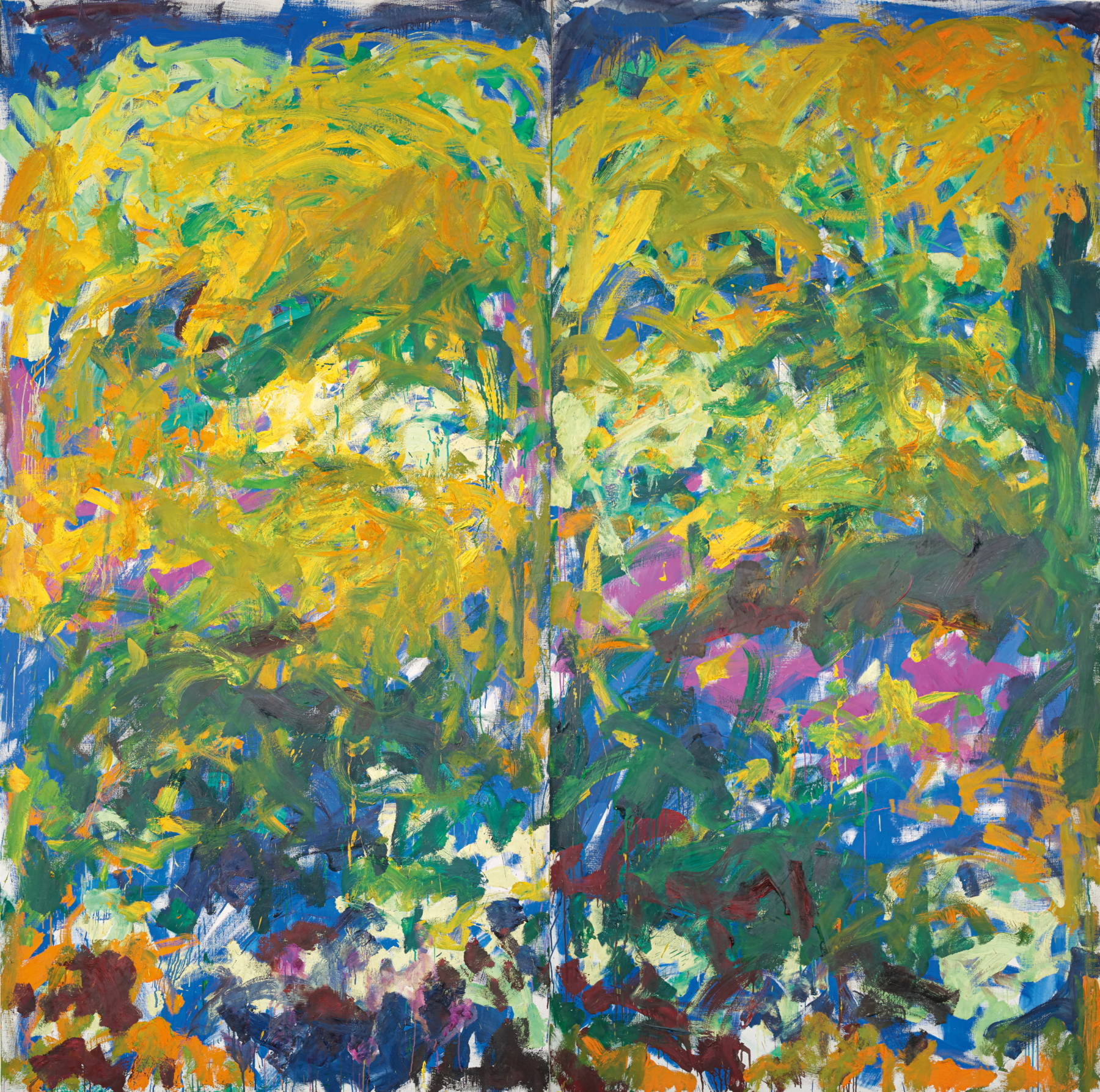
- Joan Mitchell (1925-1992)
- La Grande Vallée IX, 1983-1984.
- Huile sur toile, 260 x 260 cm. Collection FRAC Normandie Rouen, inv. P 84 09 19, en dépôt au musée des impressionnismes Giverny, 2009, MDIG D 2009.2.1
- © Estate of Joan Mitchell © Collection FRAC Normandie Rouen / photo : Studio Christian Baraja
Patronage
Our patrons and partners
The museum warmly thanks the patrons and partners of this exhibition.
Upcoming exhibition
Collections in the Garden.
Andrea Branzi, the Realm of the Living
from July 11, 2025 to November 2, 2025
See more
